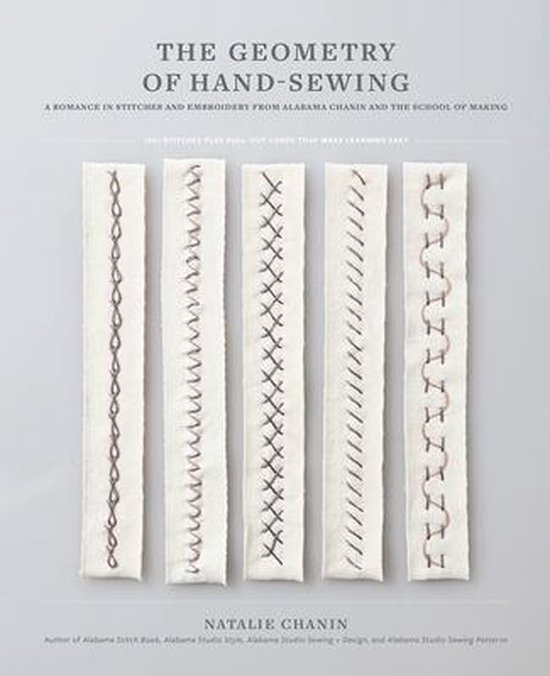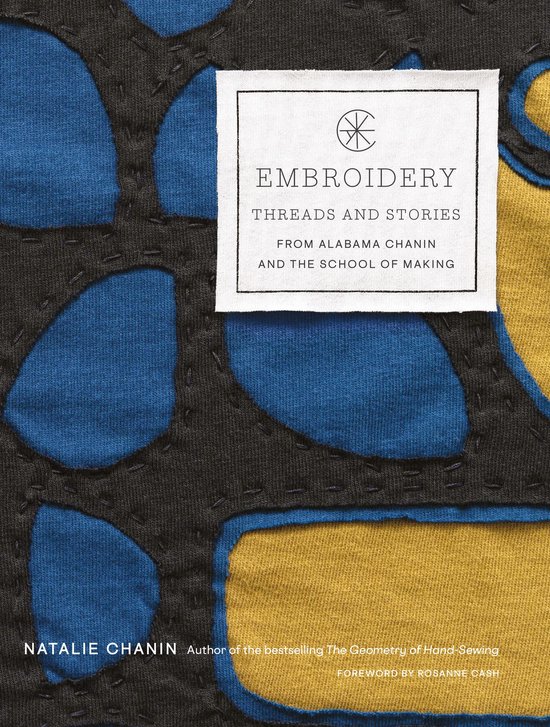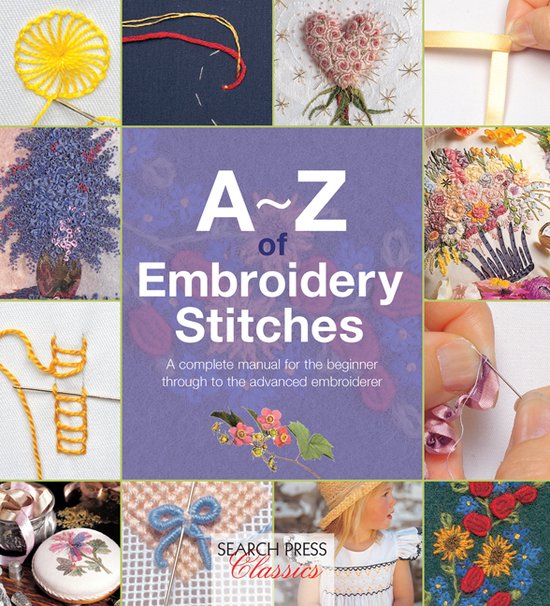
The Geometry of Hand-sewing
An empowering guide to the art of embroidery and hand stitching the Alabama Chanin way, from sewing powerhouse Natalie Chanin
As makers, we tend to learn different stitches over time without thinking much about how they relate to one another. But when Natalie Chanin and her Alabama Chanin and The School of Making teams began to look at needlework closely, they realized all stitches are based on geometric grid systems—and by using grids as guides, they could make learning stitches, even seemingly elaborate ones, as easy as child’s play.
In The Geometry of Hand-Sewing Chanin presents their breakthrough method, featuring illustrated instructions (for both right- and left-handed stitchers) for more than 100 stitches—from the most basic straight and chain to the more fanciful feather and herringbone; photos of both right and wrong sides; and guidelines for modifying stitches to increase one’s repertoire further. To simplify learning, the book also includes two plastic stitching cards die-cut with the grids on which every stitch in the book is based. These reusable cards can be stitched through for practicing (just as children use lacing cards to learn to tie shoes) or used as stencils for transferring grids to fabric.
As makers, we tend to learn different stitches over time without thinking much about how they relate to one another. But when Natalie Chanin and her Alabama Chanin and The School of Making teams began to look at needlework closely, they realized all stitches are based on geometric grid systems—and by using grids as guides, they could make learning stitches, even seemingly elaborate ones, as easy as child’s play.
In The Geometry of Hand-Sewing Chanin presents their breakthrough method, featuring illustrated instructions (for both right- and left-handed stitchers) for more than 100 stitches—from the most basic straight and chain to the more fanciful feather and herringbone; photos of both right and wrong sides; and guidelines for modifying stitches to increase one’s repertoire further. To simplify learning, the book also includes two plastic stitching cards die-cut with the grids on which every stitch in the book is based. These reusable cards can be stitched through for practicing (just as children use lacing cards to learn to tie shoes) or used as stencils for transferring grids to fabric.
| Auteur | | Natalie Chanin |
| Taal | | Engels |
| Type | | Paperback |
| Categorie | | Vrije tijd & Hobby |



